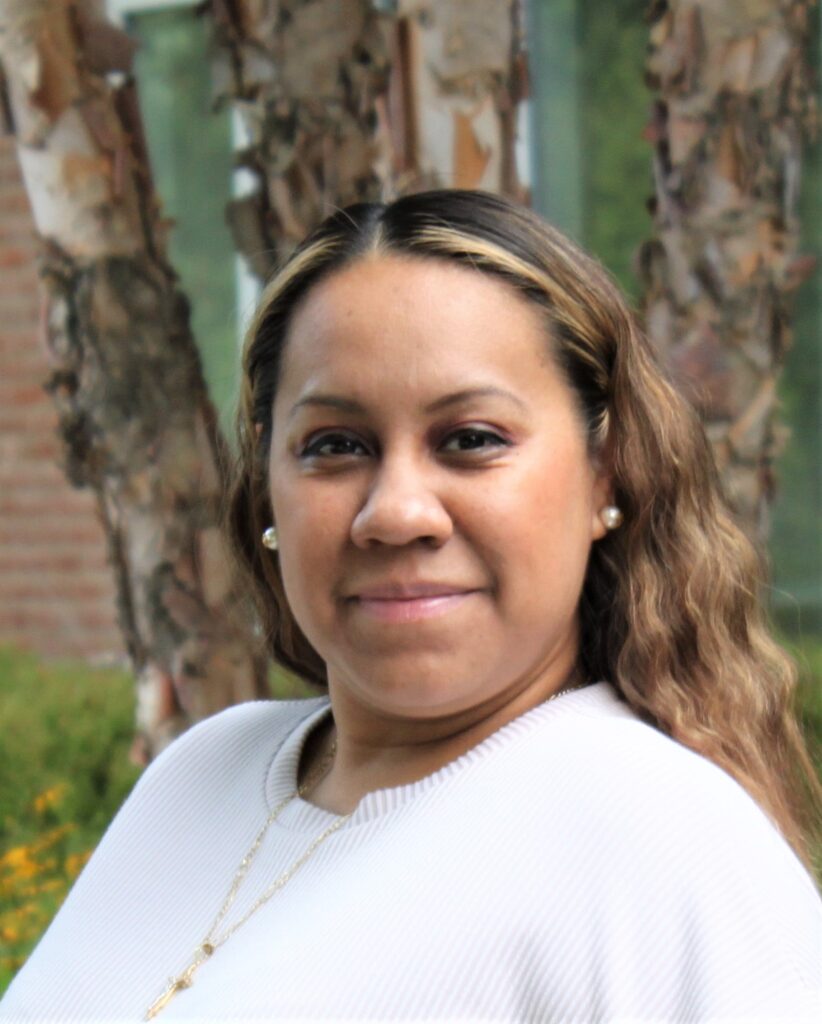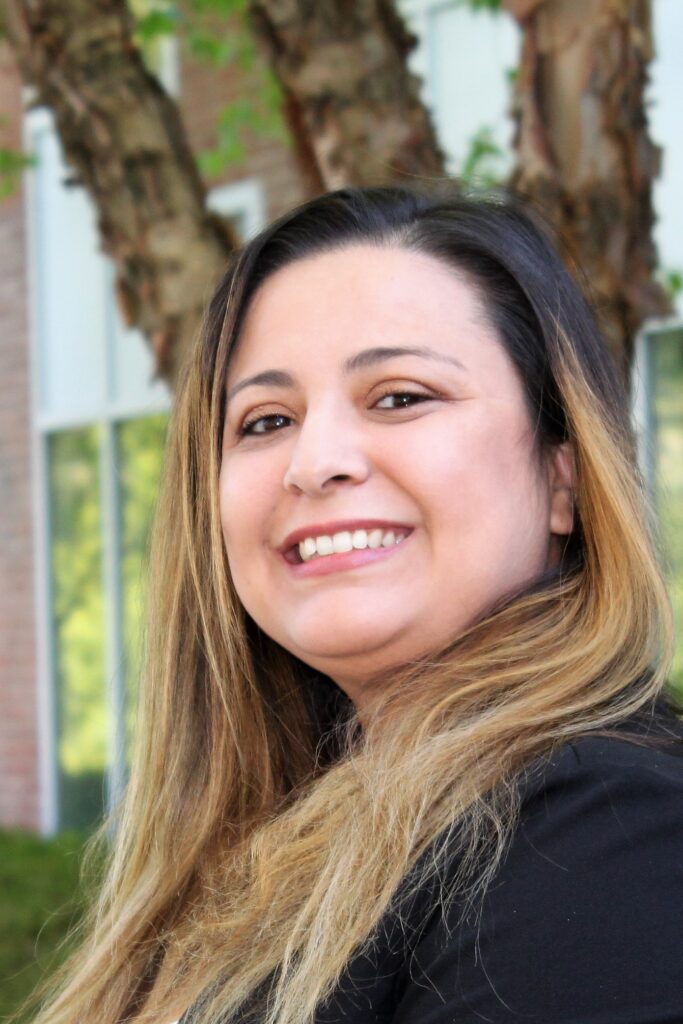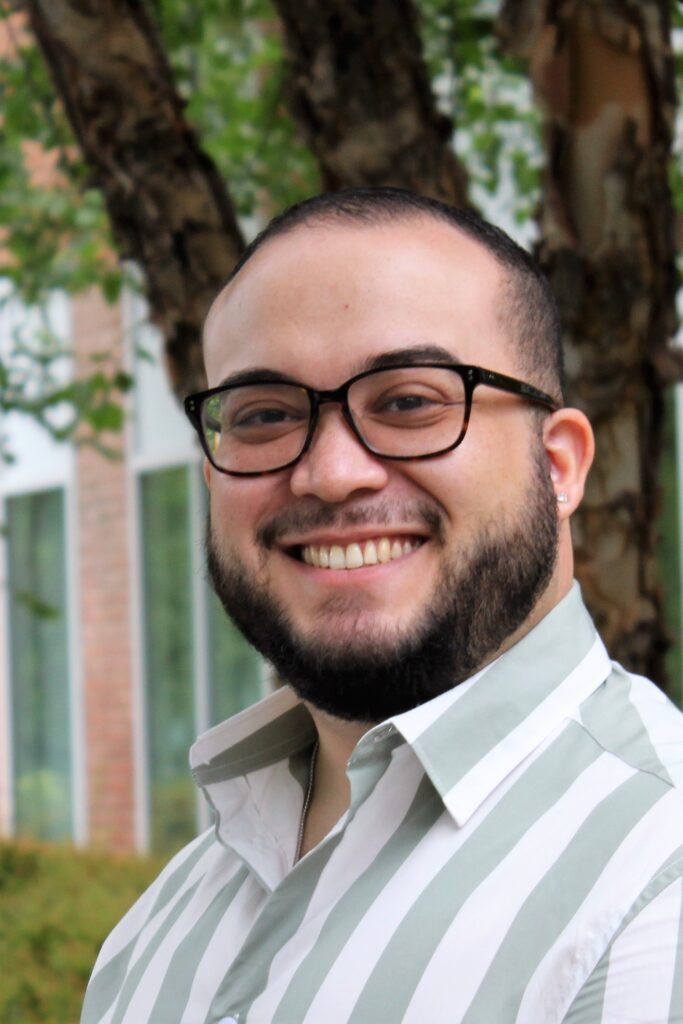What goes into creating a diverse hospice care team? Most would say representation of different races, religions and other check boxes found on a form. When a patient meets a care team member who checks off the same boxes, they feel welcome and understood.
But there is a trait that may not have a box to check. Culture.
“Culture encompasses religion, food, what we wear, how we wear it, our language, marriage, music, what we believe is right or wrong, how we sit at the table, how we greet visitors, how we behave with loved ones and a million other things,” Cristina De Rossi, an anthropologist at Barnet and Southgate College in London, said in an interview with Live Science.
If we all work together on the same goals, we can accomplish something beautiful, which is what family does every day. — Ashley Ureste
As we celebrate Hispanic Heritage Month, we talked with a few Hospice of the Chesapeake team members who identify as Hispanic. They shared how their culture factors into the work that they do. At the top of that list was family.

Professional Liaison Miriam Rendon-Ponce
Professional Liaison Miriam Rendon-Ponce said that nothing is more important than her family. That is part of her Mexican culture. In Mexico, it is common for more than one generation of adults to live together. “And it is not because we can’t afford the rent. It’s because that’s culturally what we like,” Miriam said. “I think that’s beautiful.”
Miriam believes this makes her more empathic towards our patients’ families. “I think culturally we’re very warm people, very empathetic. We’re very family oriented.”
This ethnic strength informs how she works with patients across cultures – not only her culture. While around a quarter of Hispanic households in the United States are multigenerational, so too are its Asian and Black households. “When I see families that are going through challenging times, my first reaction is to embrace that family dynamic,” she said.

Volunteer Services Coordinator Ashley Ureste
Volunteer Coordinator Ashley Ureste is Puerto Rican and Mexican. She said family is an important part of her culture. “I get a better understanding of these patients and their family dynamics and how important it is to support the families through this all,” Ashley said. “If we all work together on the same goals, we can accomplish something beautiful, which is what family does every day. I’m able to look at our hospice family as a huge family. Everybody has a role; everybody has a purpose.”
Other aspects of one’s culture can help break down barriers. Recruitment Coordinator Yancy Nieves said he can connect with candidates on different aspects of culture. “And not only with Hispanic people. I have a peculiar name, right? And a lot of times when I reach out to candidates, they’ll have a peculiar name as well,” Yancy said. “We are able to connect with that little bit of similarity.”
Miriam, Ashley and Yancy each said that it can be frustrating when people have one idea of what it means to be Hispanic. Miriam points out that people think Mexicans come from South America. “We are actually North Americans, just like the United States,” she said.
“There are many Latin countries and many Hispanic speaking countries. We come in all different shades and colors,” Yancy said. “Because my skin color is

Recruitment Coordinator Yancy Nieves
not brown doesn’t mean I’m not Hispanic enough or I’m not Latin.”
Ashley said that though she presents as someone who would be Spanish-speaking, she actually speaks very little Spanish. “During the time that I was being raised, speaking Spanish was looked down upon and so my grandparents and my parents really focused on us speaking English first.”
Coping with these stereotypes gives them strength. They know not to apply similar stereotypes to patients, volunteers and team members from other cultures. That adversity has helped them to be more accepting and eager to learn about others.
“It’s beautiful to embrace different cultures,” Miriam said. “We all have different traditions and cultural things that we do to get by every day, whether it’s religious or leaning on your family.”


